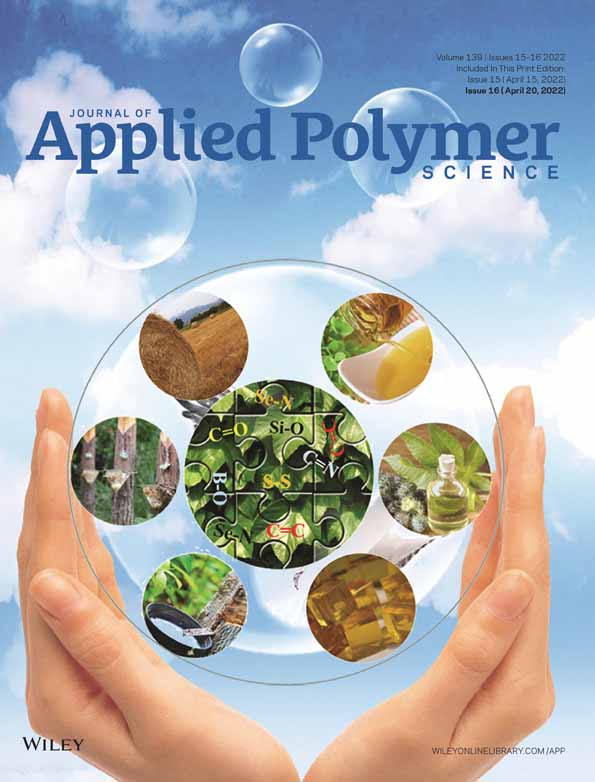Halogen-free intumescent flame retardancy and mechanical properties of the microcellular polypropylene with low expansion ratio via continuous extrusion assisted by subcritical CO2
Funding information: National Key Research and Development Program of China, Grant/Award Number: 2016YFB0302200; National Natural Science Foundation of China, Grant/Award Number: 51673163; The Major Project of SINOPEC, Grant/Award Number: 2018013-3
Abstract
Continuous preparation of the intumescent flame retardant (IFR) and polypropylene (PP) composite (IFR-PP) foams with excellent flame retardancy and mechanical properties via the extrusion assisted by subcritical CO2 was presented. The effects of die structure, die temperature/pressure and CO2 injection ratios on expansion ratio, cell diameter, and cell density of the IFR-PP foams were investigated. A uniform cell structure without obvious defects was prepared by the die with better pressure holding capacity. With the increase of die temperature, die pressure decreased accordingly, the expansion ratio of the obtained IFR-PP foams decreased, the cell diameter increased, and the cell density decreased. With an appropriate increase in the CO2 injection ratio, the expansion ratio of the resulting IFR-PP foams increased, the cell diameter decreased, and the cell density increased. Cell wall thickness played an important role in mechanical properties. When the expansion ratio was maintained near 3 or cell diameter was maintained near 92 μm, as the cell wall thickness increased, the tensile modulus and tensile strength increased. A cell structure without defects possessed better mechanical properties and flame retardancy than a deformed cell. Moreover, the IFR-PP foams exhibiting excellent flame retardancy including the 30% of limiting oxygen index (LOI) values and UL-94 V0 rating without dripping were achieved at only 22.5 wt% of IFR loading.
CONFLICT OF INTEREST
The authors declare no conflict of interest.
Open Research
DATA AVAILABILITY STATEMENT
No. Research data are not shared.




